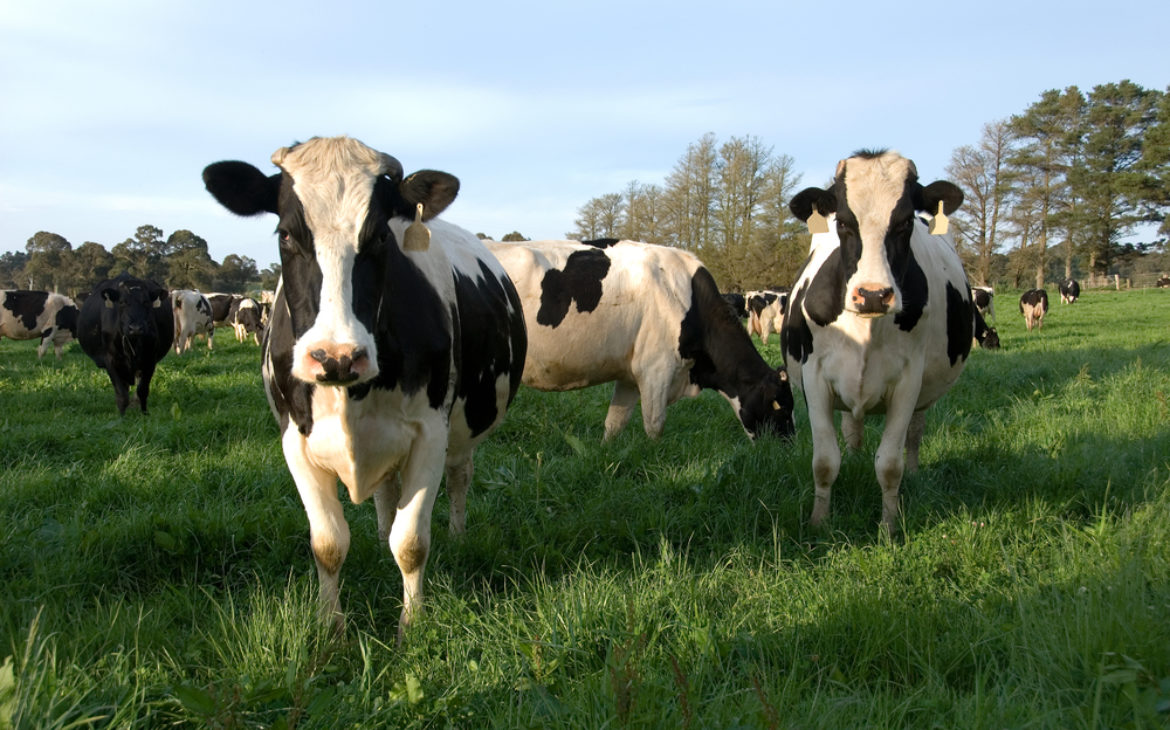By using 5G, artificial intelligence (AI), image processing, and cloud and edge computing services, the new tech solution seeks to eliminate human error so that saleyard managers can verify, monitor, and report on cattle numbers in real-time, with greater accuracy, and without the need to be physically present.
TPG Telecom used 5G, artificial intelligence, image processing, and cloud edge computing services to implement the solution, which aims to eliminate the possibility of human error.
Saleyard managers involved in the trial verified, monitored, and reported the livestock numbers in real time. TPG Telecom claims they were able to report data with higher accuracy without the need to be physically present.
“Most people think counting cattle is as simple as counting jellybeans, but counting four-legged beasts moving at speed is a completely different ballgame,” said AAM Investment Group NSW regional development manager Brock Syphers. “Counting cattle requires a lot of bodies, hours of work, and genuine skill to make sure you get the numbers right, all the while making sure the animals are healthy, looked after, and your people are safe.”
“This is a game changer for the industry and can give our team more time, resources, and the next level of accountability that is crucial on a sale day. The 5G smart solution can help deliver greater certainty for buyers and sellers alike, providing clear evidence the cows arriving at the saleyard are the same cows leaving when sold,” Syphers pointed out.
The trial’s 5G and AI-image processing capabilities featured multiple high-definition video streams to count the cattle entering and leaving the saleyards. The data was then relayed in real-time to the manager via an application on a tablet or mobile device.
Since footage is stored in the cloud, this solution also provides the ability to play back the recorded videos in the case of a dispute.
By automating the process, counting can be done simultaneously from various points within the saleyard as well as remotely from other saleyards across the nation. In the future, it can also be utilized for cattle identification, tracking, health monitoring, and behavior and welfare analysis.
According to Giovanni Chiarelli, CTO at TPG Telecom, the trial shows the critical role 5G technologies may play in improving productivity, automating manual tasks, and optimizing resources in Australia’s agriculture sector: “This project is a great example of how labour-intensive industries like agriculture can benefit from the major economic, resource, and productivity boosts made possible by 5G.”
To develop the solution and carry out the 12-month trial, TPG Telecom worked with Nokia, University of Technology Sydney (UTS), and Amazon Web Services (AWS).
Nokia provided the 5G network hardware, UTS created the cattle-counting machine learning model, and AWS Professional Services provided support on delivering the AWS edge computing and machine learning solutions on the cloud.
The project received grant funding from the Australian government’s 5G Innovation Initiative.
